WAYNE COUNTY —Flooding after extended rainfall has prompted Governor Whitmer to declare a state of emergency in Wayne County.
The declaration allows the state to address threats to public health and safety related to the heavy rainfall, which resulted in widespread flooding, power outages, flooded roadways, stranded motorists, flooding of homes and displaced residents. The National Weather Service earlier forecasted heavy rain and strong winds over the weekend across southern Michigan. Additional counties may be added as needed and conditions change.
Above: Aftermath of flooding in Detroit and Hamtramck, June 26. All photos: Hassan Abbas/The Arab American News
On Saturday, U.S. Rep. Debbie Dingell (D-Dearborn) sent a letter to President Biden urging for immediate federal assistance to Michigan’s 12th District and the many other communities impacted in the last 24 hours. Representative Dingell is urgently working to secure relief for her constituents and released the following statement:
“I am in touch with Governor Whitmer and local officials as we assess the damage in Dearborn and surrounding communities from current storms across Michigan’s 12th District and beyond. I am also working closely with senior White House officials to immediately direct aid to our communities. To our 12th District constituents, rest assured my team and I are working as quickly as possible to send relief and keep you safe. As we work with the governor to declare a state of emergency and secure critical resources, please continue listening to local officials regarding any travel and safety precautions. Additionally, please document any property damage and call 313-943-3030 to report damages and flooding. Currently, the Ford Performing Arts Center is open and will provide residents with dry ice as well as shelter.”
Dearborn City Council President Susan Dabaja announced that the Council had approved the allocation of $500,000 for clean-up efforts. The Council is asking that residents place flood-damaged goods onto the curb. Residents can start putting out flood-damaged items on the curb immediately. GFL, the city’s garbage disposal service, will come around and assist with collecting garbage and any flood damaged goods, starting Monday.
Video: Dearborn Council President Susan Dabaja speaks to residents concerning recent flooding in the city
Dearborn Heights will have a special meeting Tuesday to request allocation of funds to do the same.
“My team has and will be working on the flooding issue,” Bill Bazi, Dearborn Heights mayor, told The Arab American News. “Please stay off the streets and avoid flooded areas. Do not drive through it. Keep kids away from those areas. Some wires may be down.
Residents in Dearborn, Dearborn Heights, Detroit, Hamtramck and many other Wayne County communities reported waking up on Saturday morning to water in their basements, believed to be from sewage system backups, with levels exceeding a foot at times. Vehicles were left abandoned after their occupants left them in flooded areas overnight, especially under bridges and in underpasses, throughout Detroit, Dearborn and other cities.
Dearborn is no stranger to widespread flooding from extended rainfall, most notably in 2014 and 2018. Both times, Councilman Mike Sareini had asked for independent investigation into why the city’s streets are so prone to flooding. Those requests were not approved by the Council back then, but Sareini told The Arab American News on Saturday that he will push for another one this time and is hopeful his fellow Council members will authorize it.
Video: Dearborn Council President Pro-Tem Mike Sareini gives updates on the city’s response to flooding
Residents are now wondering how they can be compensated from the damage to their homes and possessions. Attorneys put out messages on social media with ways to catalog the damage and makes claims.
Attorney Rabih Hamawi laid out some things to consider for those whose homes or businesses sustain water damage from the storms:
- Take all reasonable steps to mitigate your damages, including pumping the water out of your basement (as long as you don’t put your life or the lives of your family member in danger). You may also consider hiring a reputable water mitigation company.
- Document and itemize your damages to the best of your ability by taking clear and complete photos or videos. Don’t dispose of any damaged items unless absolutely necessary and do not do so without taking photos or videos to prove your damages.
- Immediately report a claim to your property insurance company.
Disclaimer: These points are for informational purposes only. It does not create an attorney-client relationship and isn’t intended and should not be construed as the providing of legal advice. Hamawi says that if an insurance company delays, underpays or denies a claim, people should contact his law office, which handles fire and water property damage and insurance-coverage cases, at 248- 905-1133.
The city of Dearborn is asking residents to report street or basement flooding to the Department of Public Works during business hours (7:30 a.m.-4:30 p.m., Monday-Friday) by calling 313-943-2042 or 313-943-2307, and to the Police Department dispatch after hours at 313-943-2100.
If a basement is flooded, the city will dispatch a maintenance crew to your address to determine if the stoppage is in the city main or your private line (sewer lateral). If the sewer main is found to be clear, it is then the responsibility of the property owner to call a licensed plumber or drain service to correct the problem. The city cannot recommend any plumber.
Above: Aftermath of flooding in Dearborn, June 26. All photos: Imad Mohamad/The Arab American News
State of Emergency: Terms to know
- Flash Flood Warning: Take Action! A Flash Flood Warning is issued when a flash flood is imminent or occurring. If you are in a flood prone area move immediately to high ground. A flash flood is a sudden violent flood that can take from minutes to hours to develop. It is even possible to experience a flash flood in areas not immediately receiving rain.
- Flood Warning: Take Action! A Flood Warning is issued when the hazardous weather event is imminent or already happening. A Flood Warning is issued when flooding is imminent or occurring.
- Flood Watch: Be Prepared: A Flood Watch is issued when conditions are favorable for a specific hazardous weather event to occur. A Flood Watch is issued when conditions are favorable for flooding. It does not mean flooding will occur, but it is possible.
- Flood Advisory: Be Aware: A Flood Advisory is issued when a specific weather event that is forecast to occur may become a nuisance. A Flood Advisory is issued when flooding is not expected to be bad enough to issue a warning. However, it may cause significant inconvenience, and if caution is not exercised, it could lead to situations that may threaten life and/or property.
Preparing for a Flood
- Create an emergency preparedness kit with a 72-hour supply of water, including three gallons per person.
- Scan and store important documents on an online, cloud-based program.
- Put important documents and valuables in a water-proof container on the top floor of your home.
- Understand how to safely turn off electricity and gas lines in your home.
- Create an inventory of your household items and take photos of the interior and exterior of your home.
- Consider installing sewer backflow valves to prevent flood water from backing up into your home through drainpipes.
- Double-check sump pumps to ensure they are working properly. If possible, have a battery backup system.
- Keep materials like sandbags, plywood, plastic sheeting and lumber handy for emergency waterproofing.
- Find out how many feet your property is above and below possible flood levels. When predicted flood levels are broadcast, you can determine if you may be flooded.
- Rise or flood-proof heating, ventilating and air conditioning equipment by elevating equipment above areas prone to flooding. Another method is to leave equipment where it is and build a concrete or masonry block flood wall around it. Anchor fuel tanks. Unanchored fuel tanks can be easily moved by floodwaters.
During a Flood
- Turn off utilities if instructed to do so. Disconnect all electrical equipment.
- Do not walk-through moving water. Six inches is enough water to knock you down.
- Do not drive in flooded areas. Six inches of water can cause you to lose control and two feet of water can sweep away your car. Remember: Turn around, don’t drown.
- Listen to local media reports for information about if the water supply is safe to drink.
- Avoid contacting flood waters because they can be contaminated by hazardous liquids and may contain sharp debris.
- Report and stay 25 feet away from downed power lines.
Driving in Flood Conditions
- Six inches of water will reach the bottom of most passenger cars causing loss of control and possible stalling. A foot of water will float many vehicles.
- Two feet of rushing water can carry away most vehicles, including sport utility vehicles (SUVs) and pickups trucks.
- Do not attempt to drive through a flooded road. The depth of water is not always obvious. The road bed may be washed out under the water, and you could be stranded or trapped.
- Do not drive around a barricade. Barricades are there for your protection. Turn around and go the other way.
- Do not try to take short cuts—they may be blocked. Stick to designated routes.
- Be especially cautious driving at night when it is harder to recognize flood dangers.


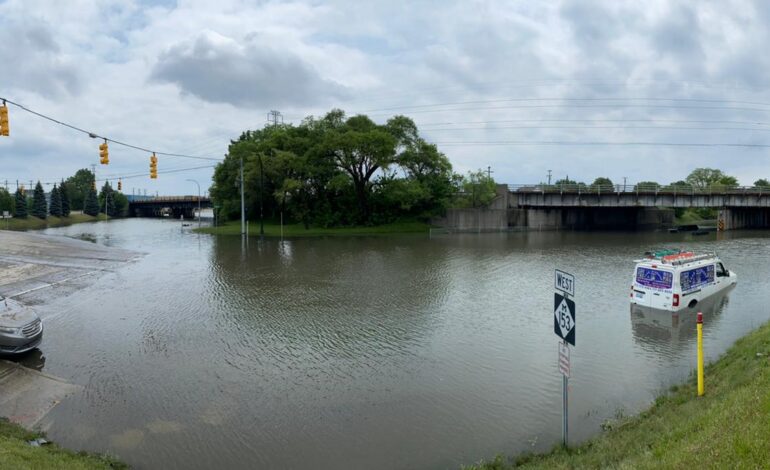
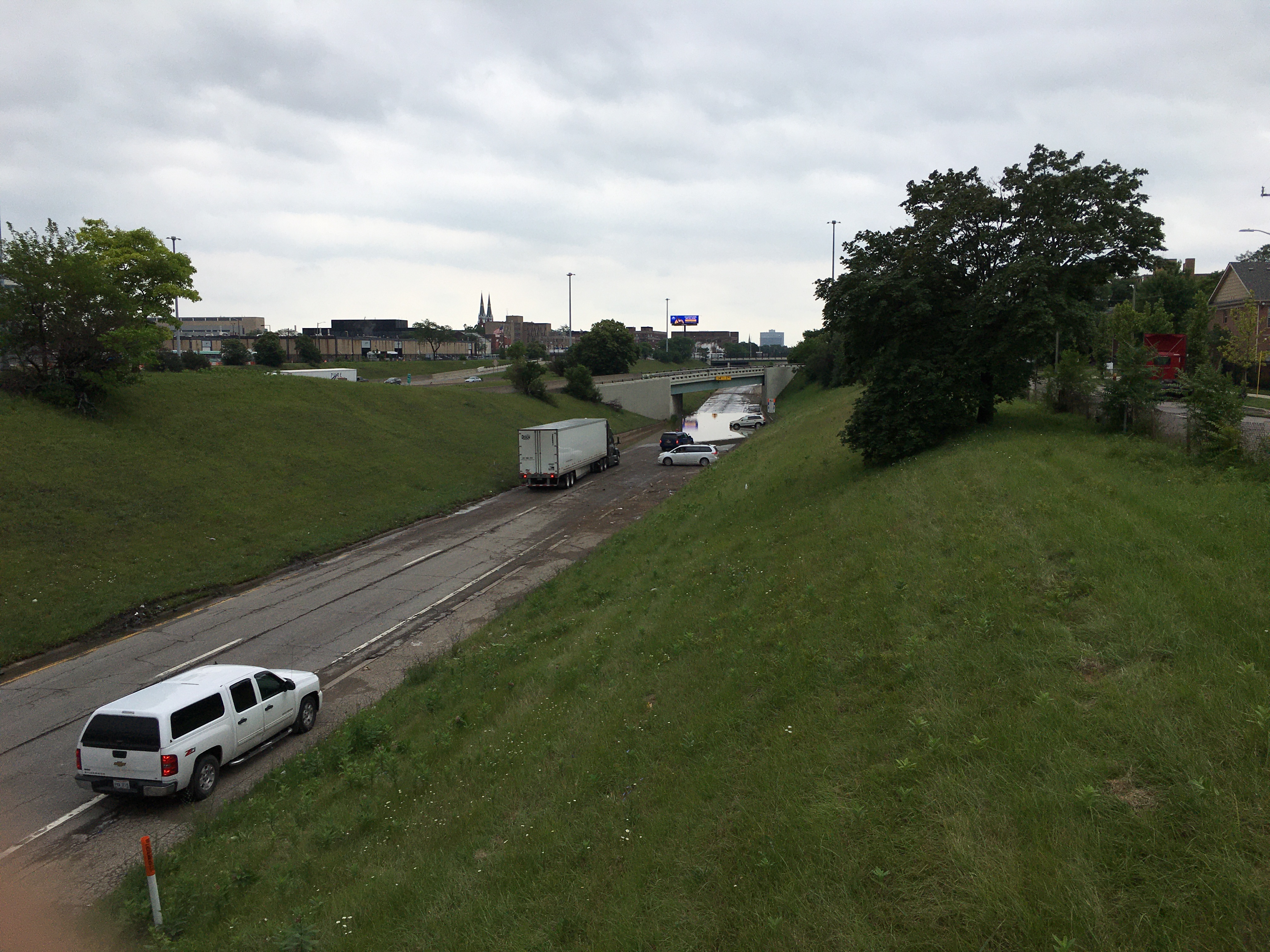

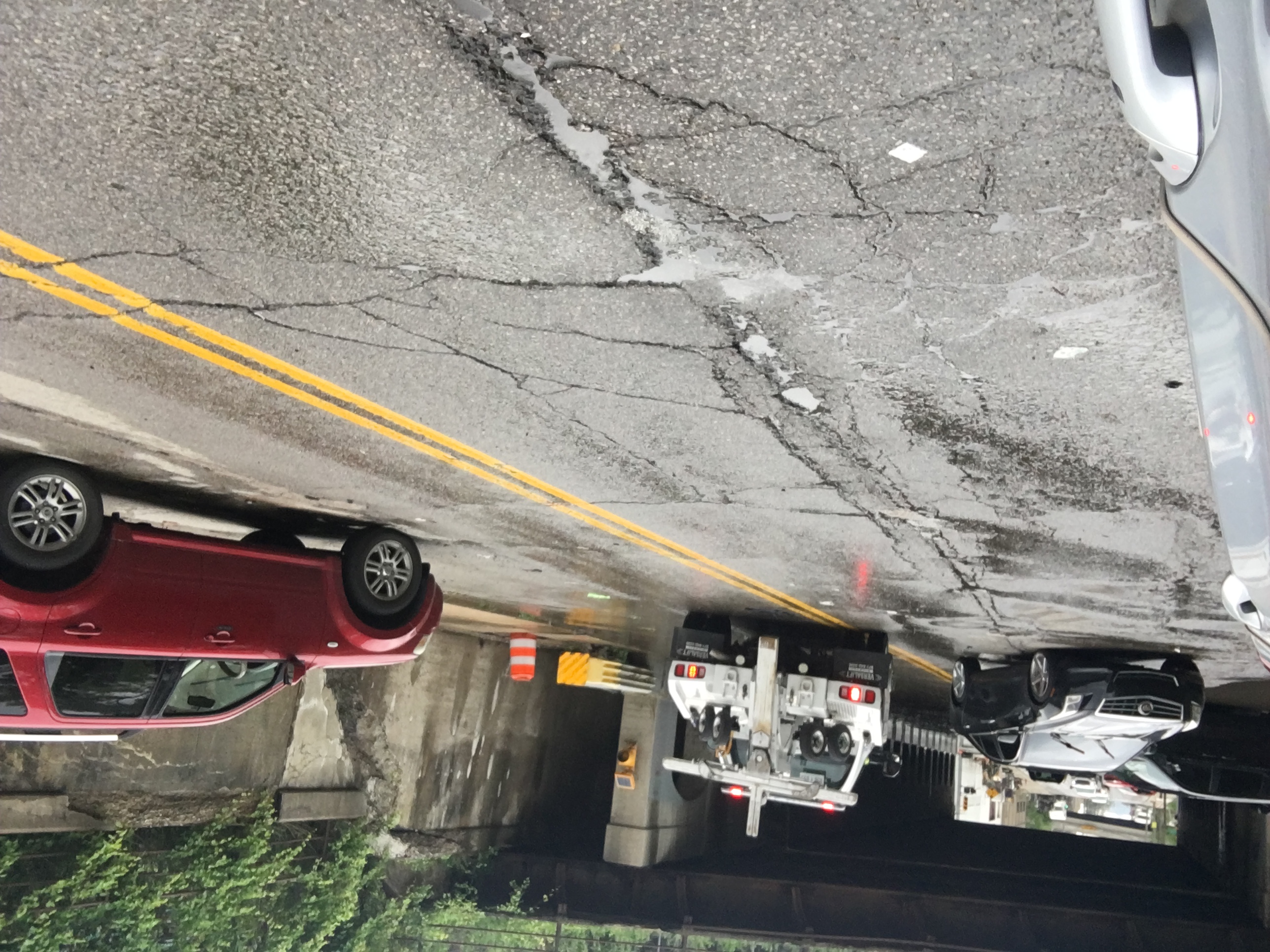

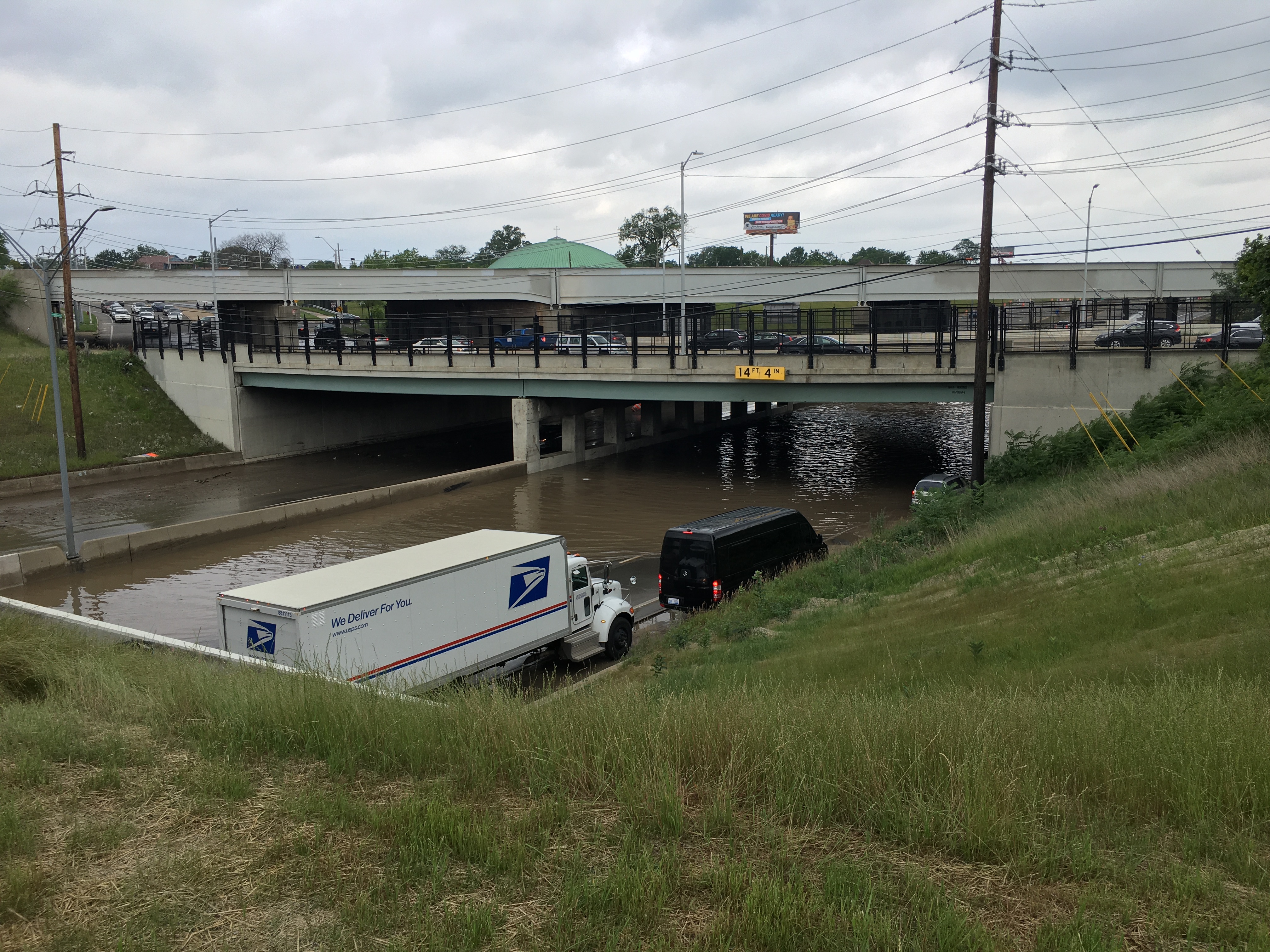

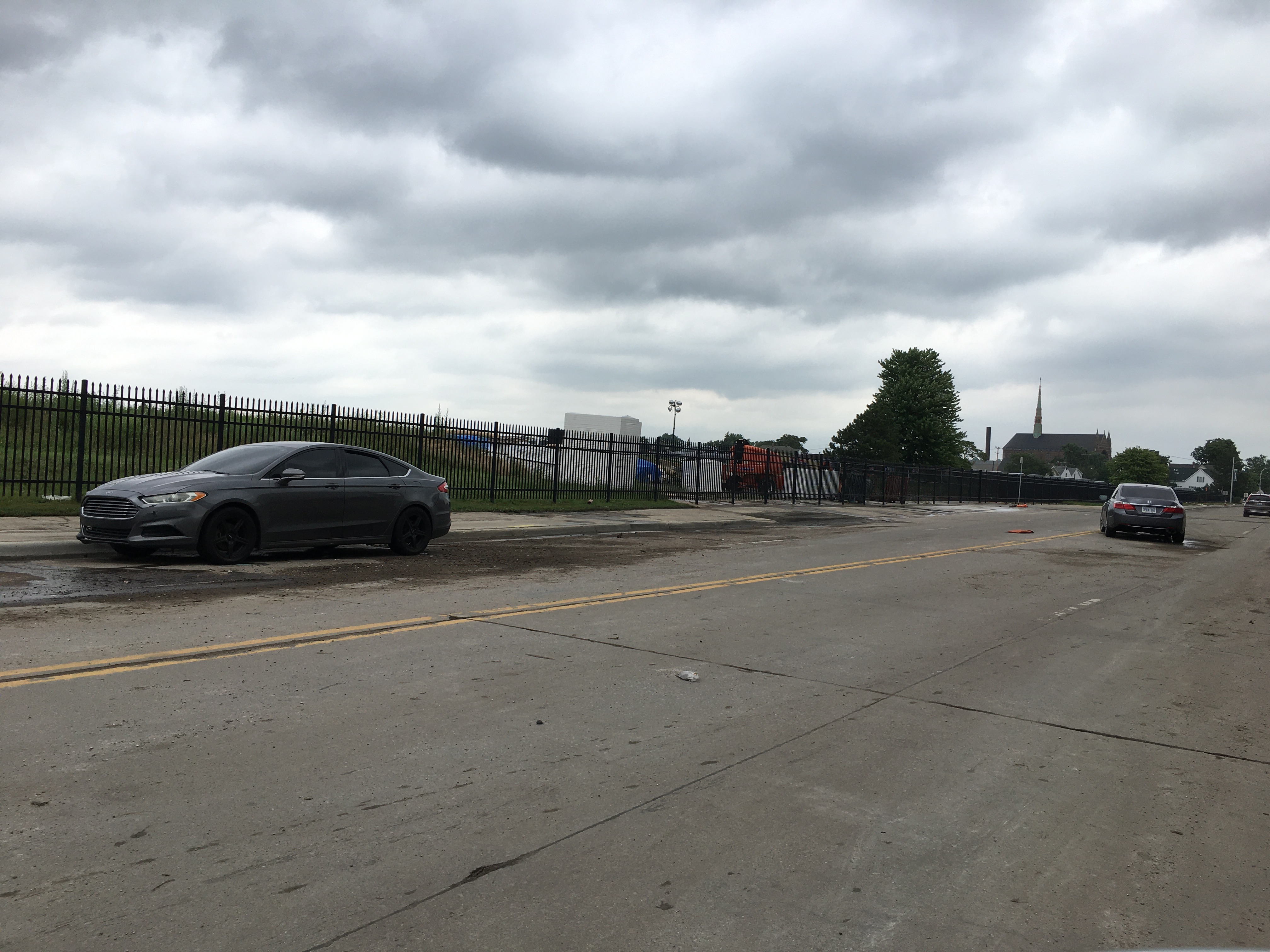
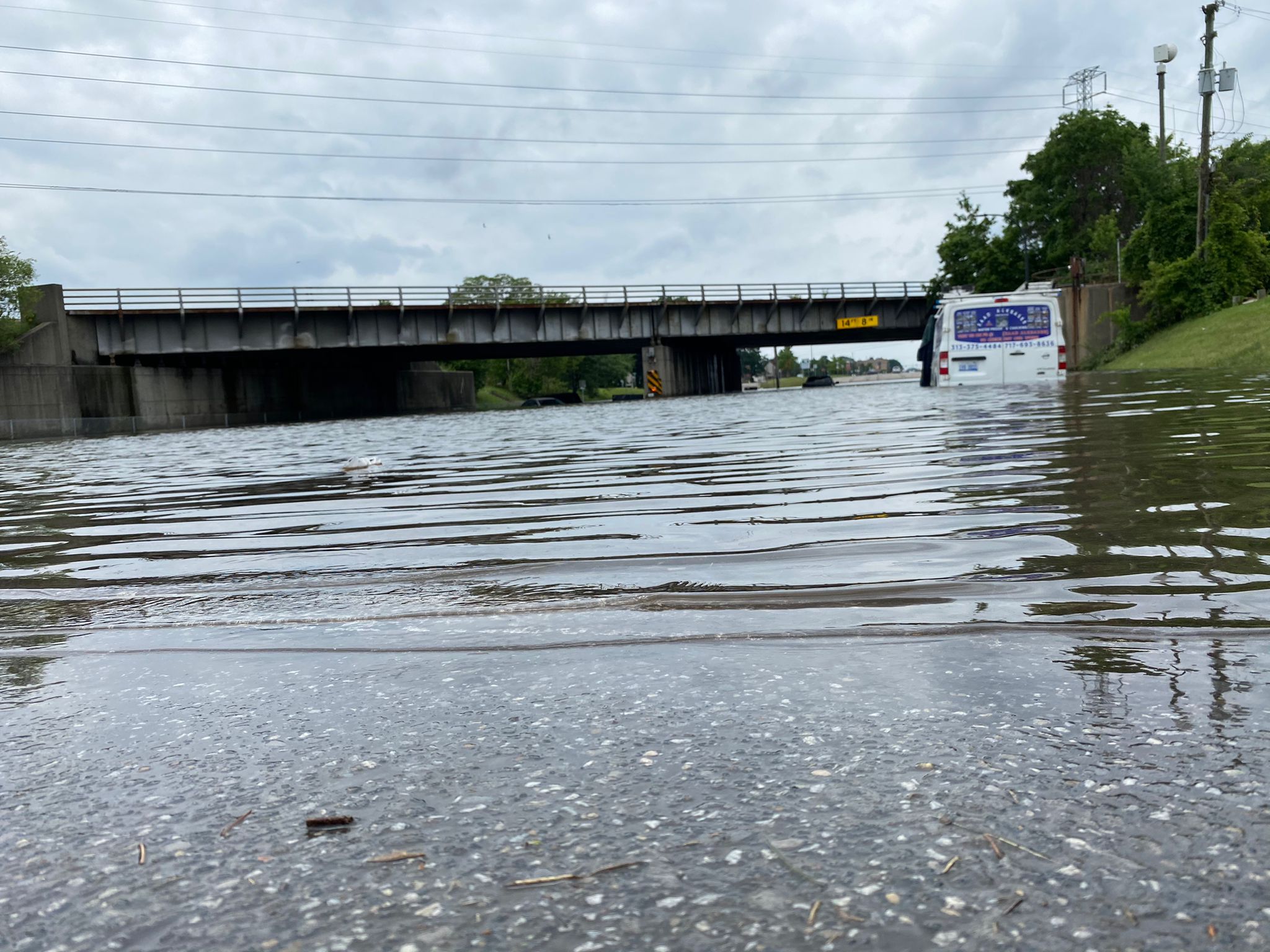
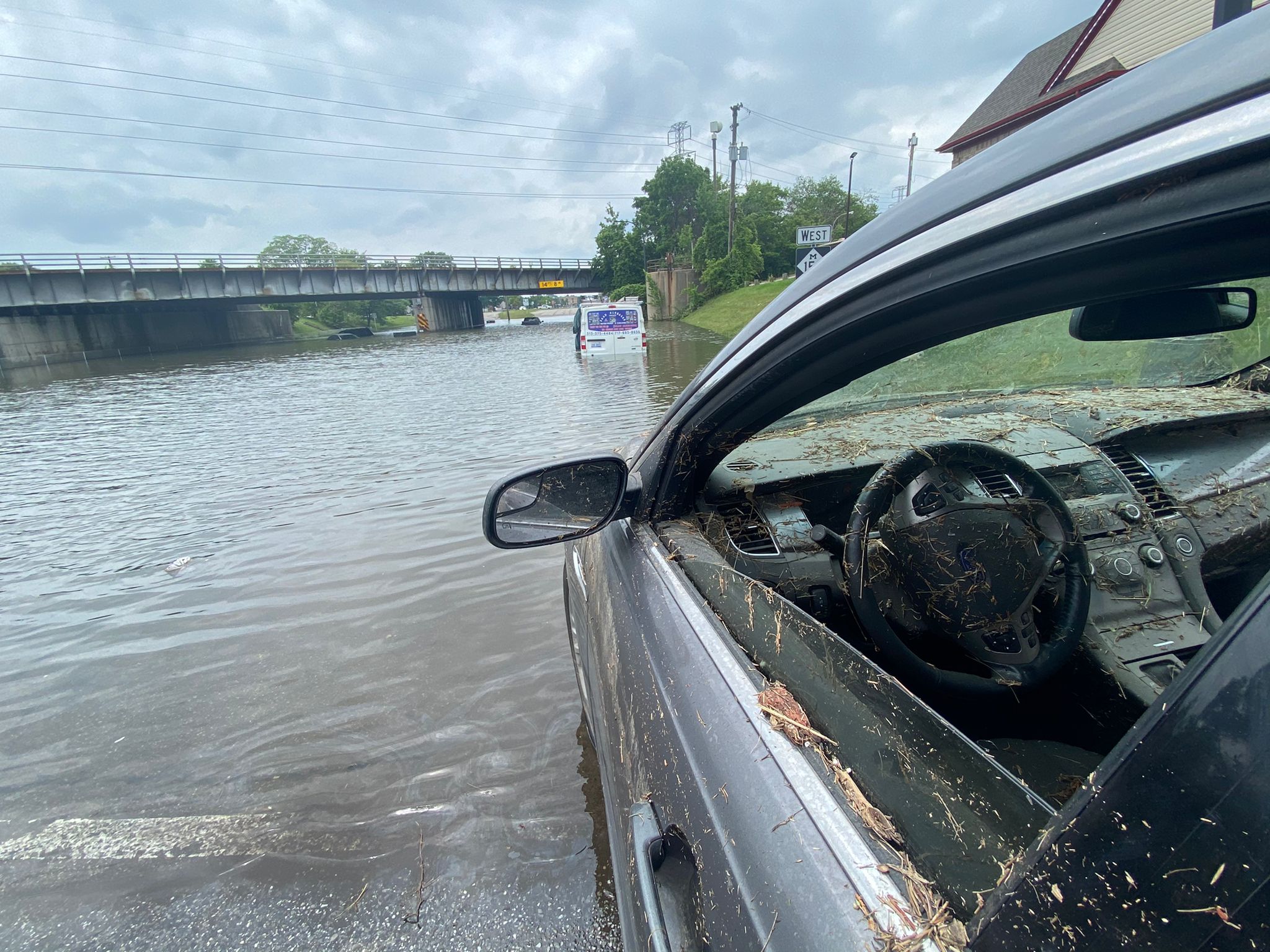

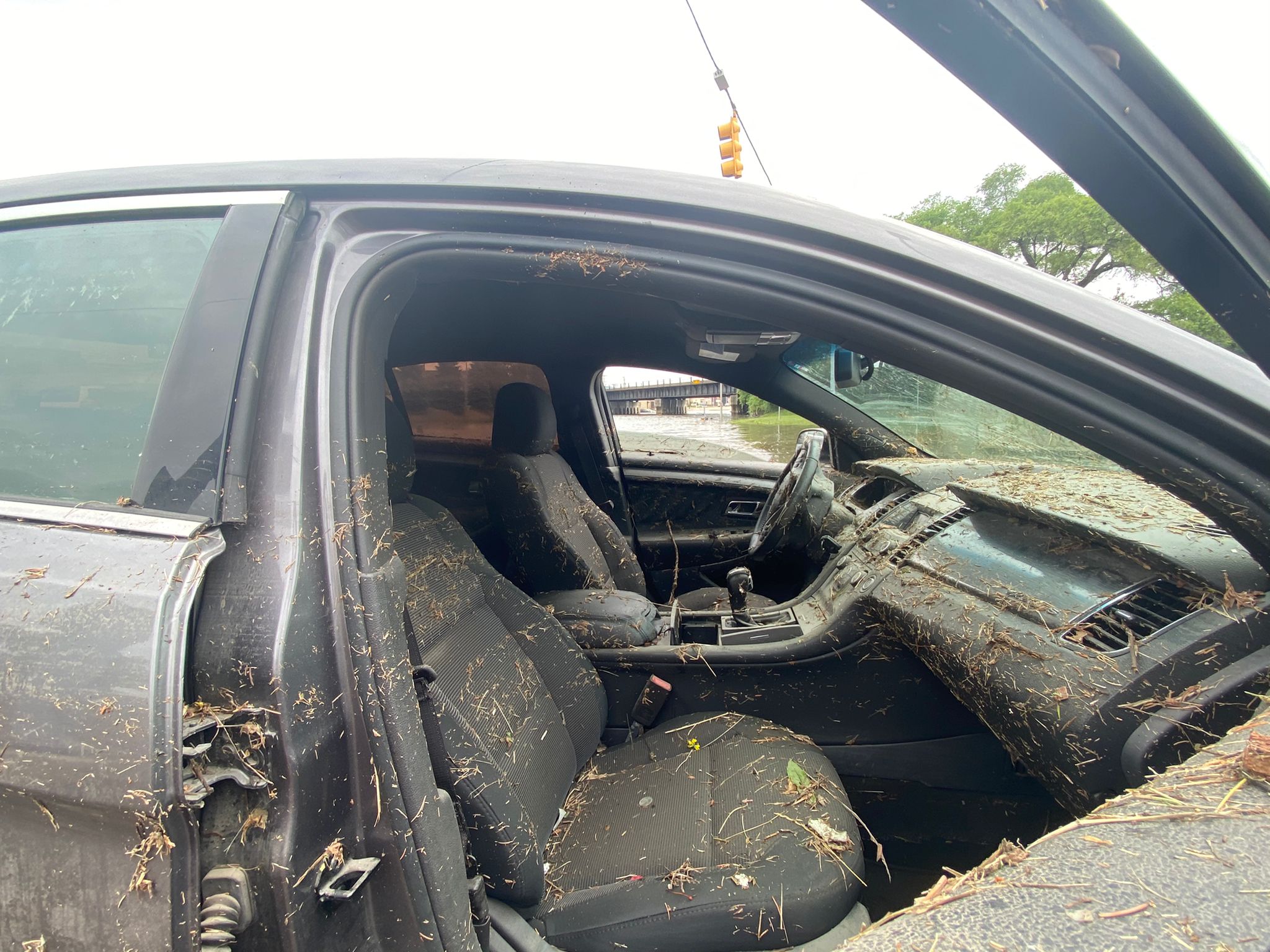



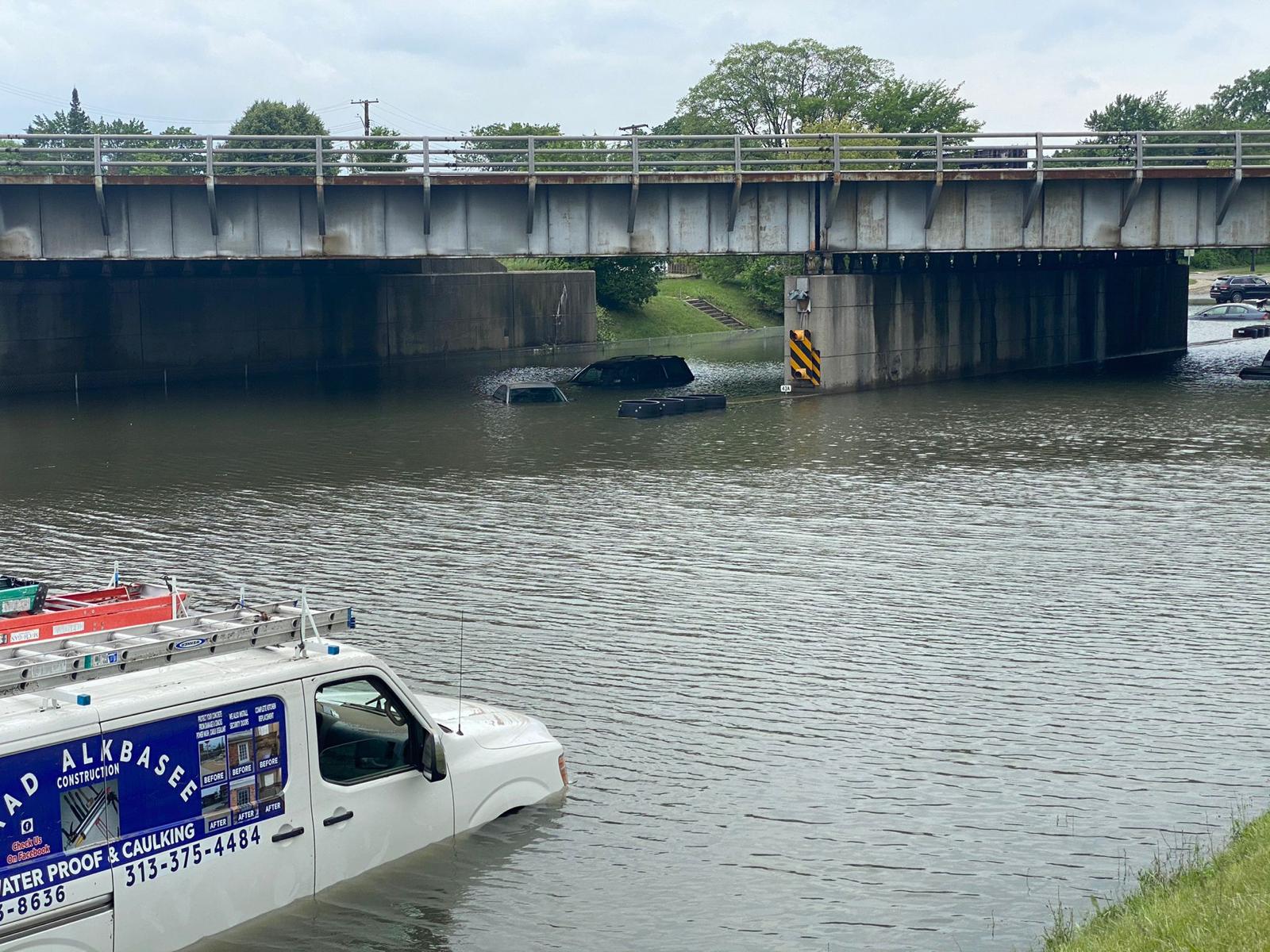
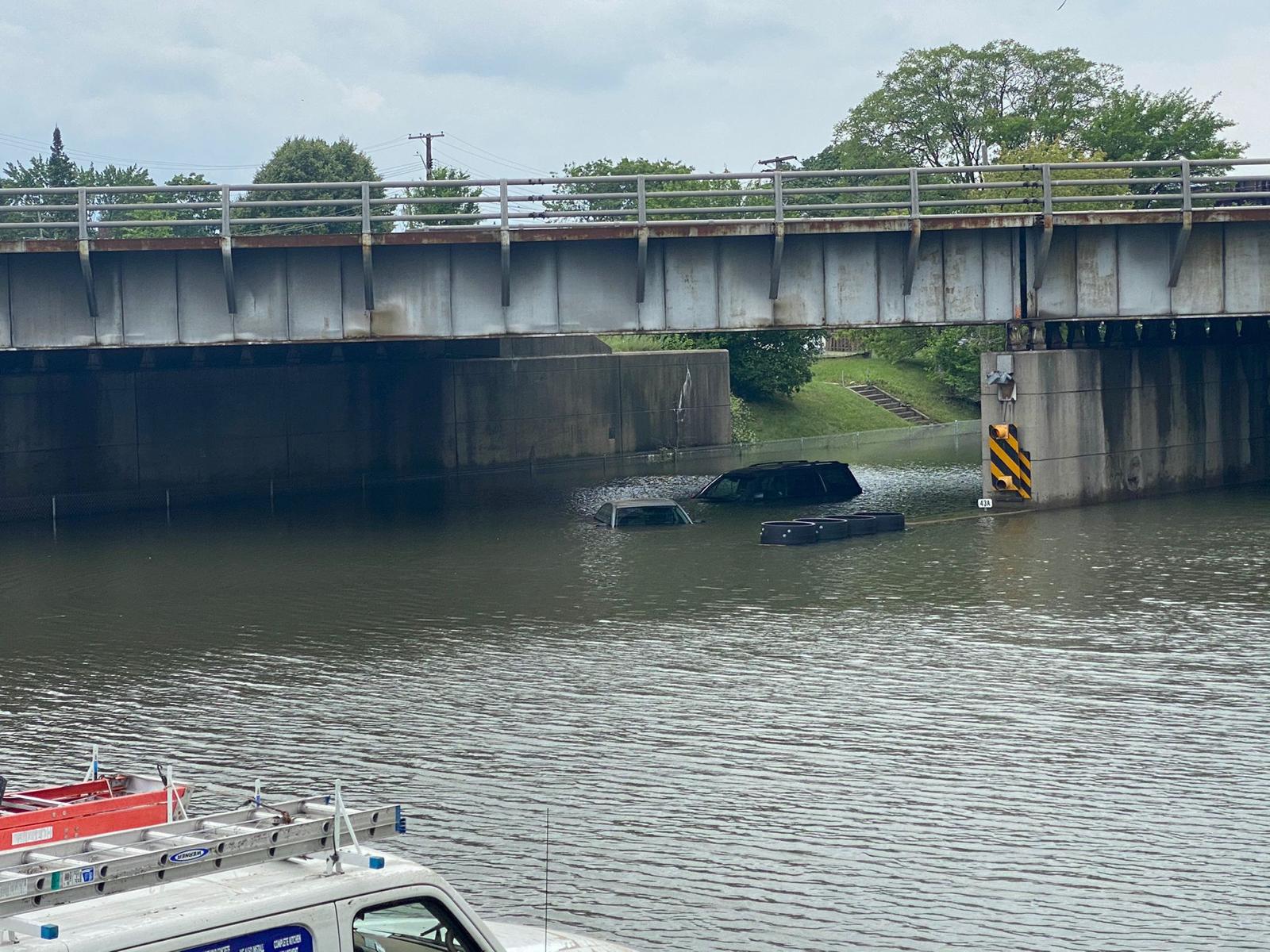
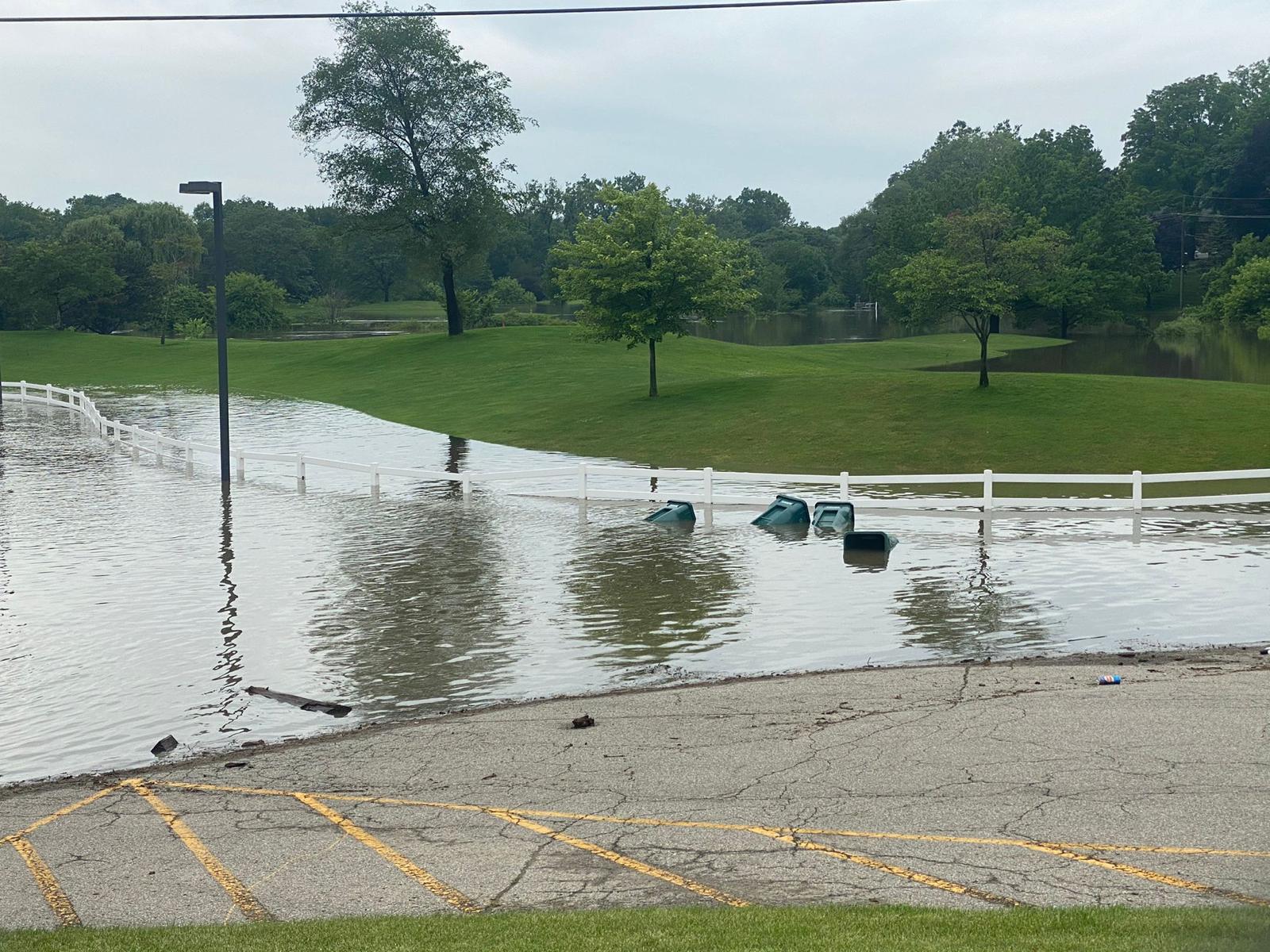


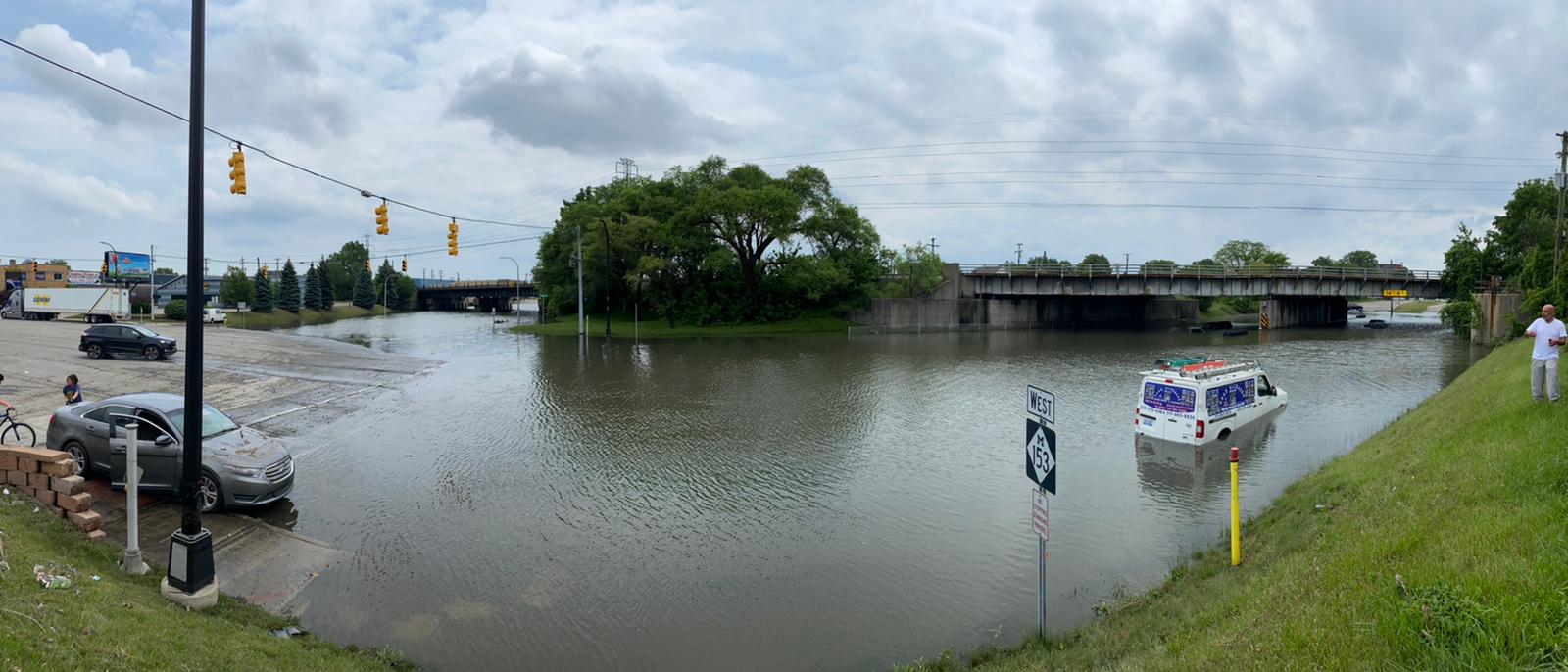

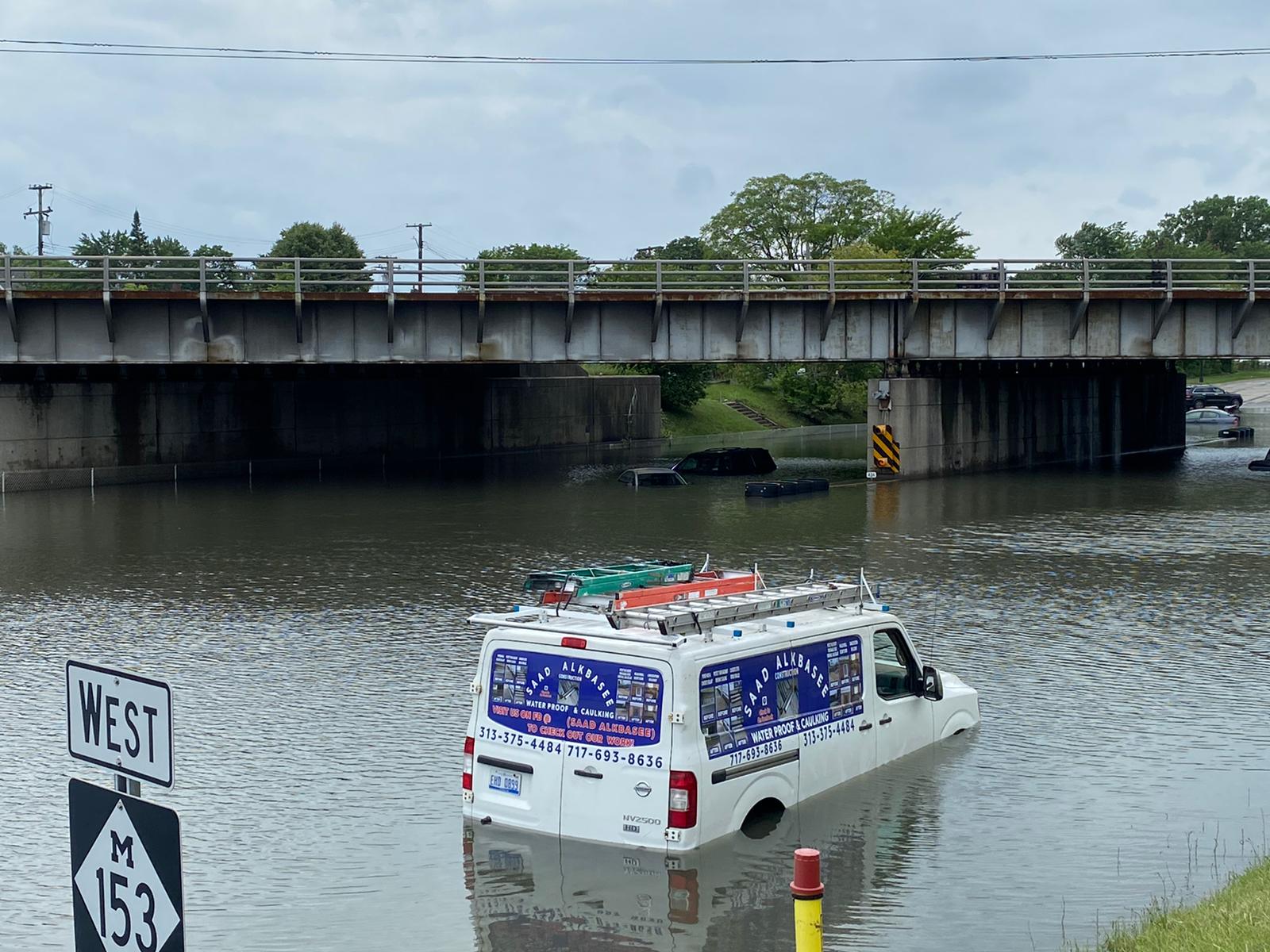



Leave a Reply